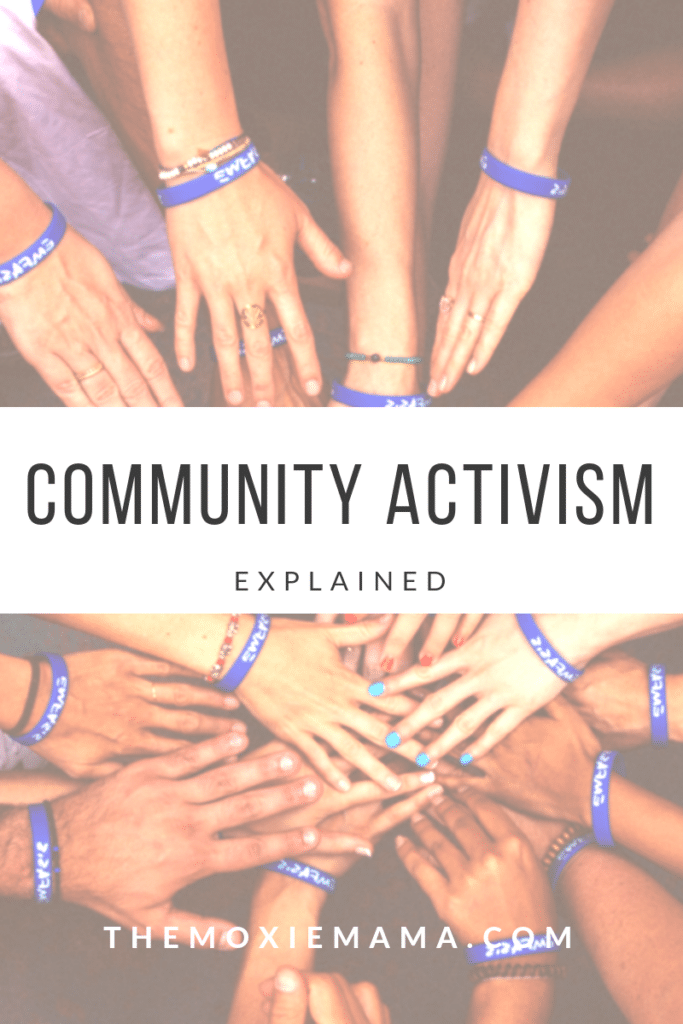Recently my town was in a hot debate. The school district and teacher’s union had been in heated negotiations regarding the current school year as well as for the next school year. These negotiations had been going on since last spring and the school district wouldn’t budge—it seemed the teachers were headed for a strike. The district had even hiring substitute teachers in the event of a strike at $425 a day!
The terms that were being negotiated were things like wages, benefits, special education policies, and safety training. It seems the school board and administration were getting pay raises while the teachers were getting paid the lowest in the district.
But, something remarkable happened. There was an overwhelming response in support of the teachers. Parents stood beside teachers in front of schools and the district offices in the mornings with signs showing their support for teachers. Community members stood up and showed their support at school board meetings. Events like these brought out the community activist in many of my towns’ residents.
So, what exactly is community activism?
What is Community Activism?
Community activism develops out of the want to transform current social, political, or environmental conditions. Community activism is a way for individuals, groups, and organizations can work together to generate precise, sometimes revolutionary, transformations in social, cultural, economic, and environmental practices and policies.
The wide-ranging goal of community activism is to endorse social change that directly impacts the improvement of living conditions, the enrichment of community environments, and the elimination of health and social disparities. The ultimate goal of community activism is to improve the lives of people or groups exposed to unequal, biased, or repressive conditions. The goal of changing these motivating factors, practices, or policies is what differentiates community activism from community service, the donation of services and goods to underserved individuals. Another unique quality of community activism is that the main obligation and motivation for change are created from inside the community of interest.
What Does a Community Activist Do?
Community activists regularly engage in collective, continual actions dedicated to changing motivating factors or removing political, social, economic, environmental, or cultural barriers. Characteristics of a successful community activist includes the capability to understand the issues and foresee a better reality, dedication to change on numerous levels, the application of successful organizing actions and practices, and the aptitude to create and uphold collaborative collaborations and associations. In their pledge to change and transform the way influence is allocated or regulated, community activists are inspired by the power of the people and the community.
Getting Involved
Here are seven ways to get involved in community activism in your neighborhood.
- Find issues you’re passionate about.
- Follow these issues in the news and on social media.
- Focus on what’s happening locally.
- Get vocal online and in person.
- Donate your time and money to the causes you’re passionate about.
- Join or support nonprofits lobbying for change.
- Visit your local and state legislature and show your support or objections to legislation that you are passionate about.



